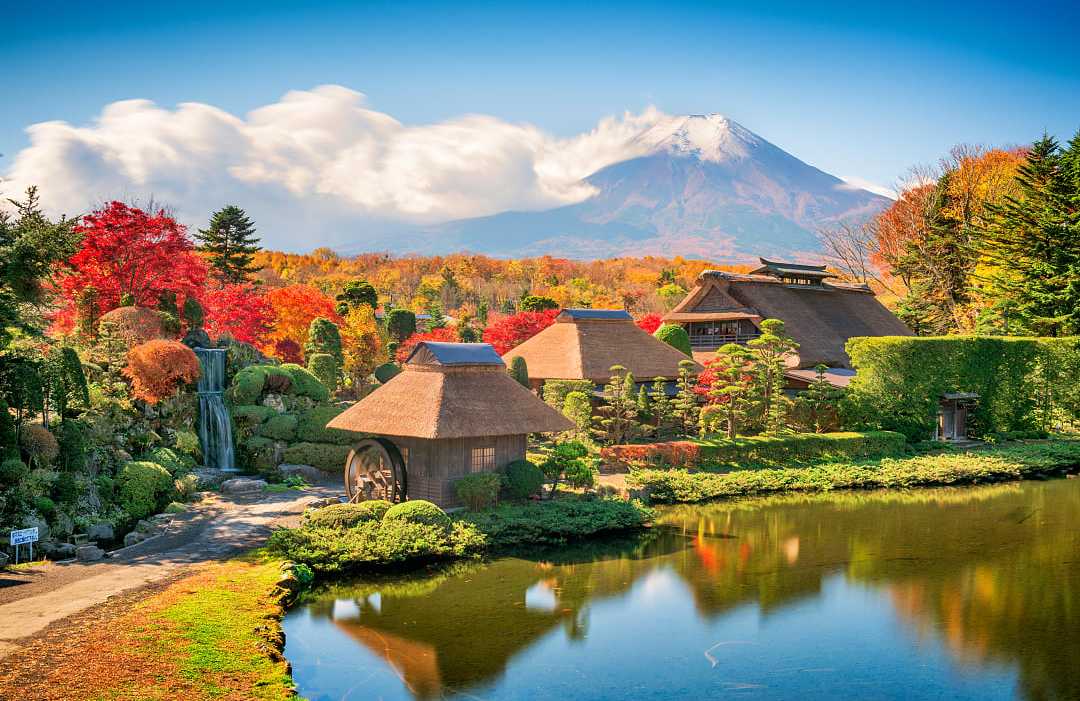The best time to visit Japan is during March and April or October and November. The cherry blossom season falls between March and April, and October and November feature the red leaves of Kyoto’s fall, particularly beautiful times to visit.
The second half of May begins to warm up for the summer season, bringing pleasant weather and crowds. But the temperatures rise further in June, contributing to tsuyu, the rainy season. Therefore, we recommend skipping summer in favor of spring and fall, with winter, January through March, another excellent option for visiting hot springs and the Japanese Alps.
Between spring, fall, and winter, you can find a time suitable for your vacation, whether you wish to visit cosmopolitan cities, ski resorts, or islands.
Learn more: Best Time to Visit Japan








